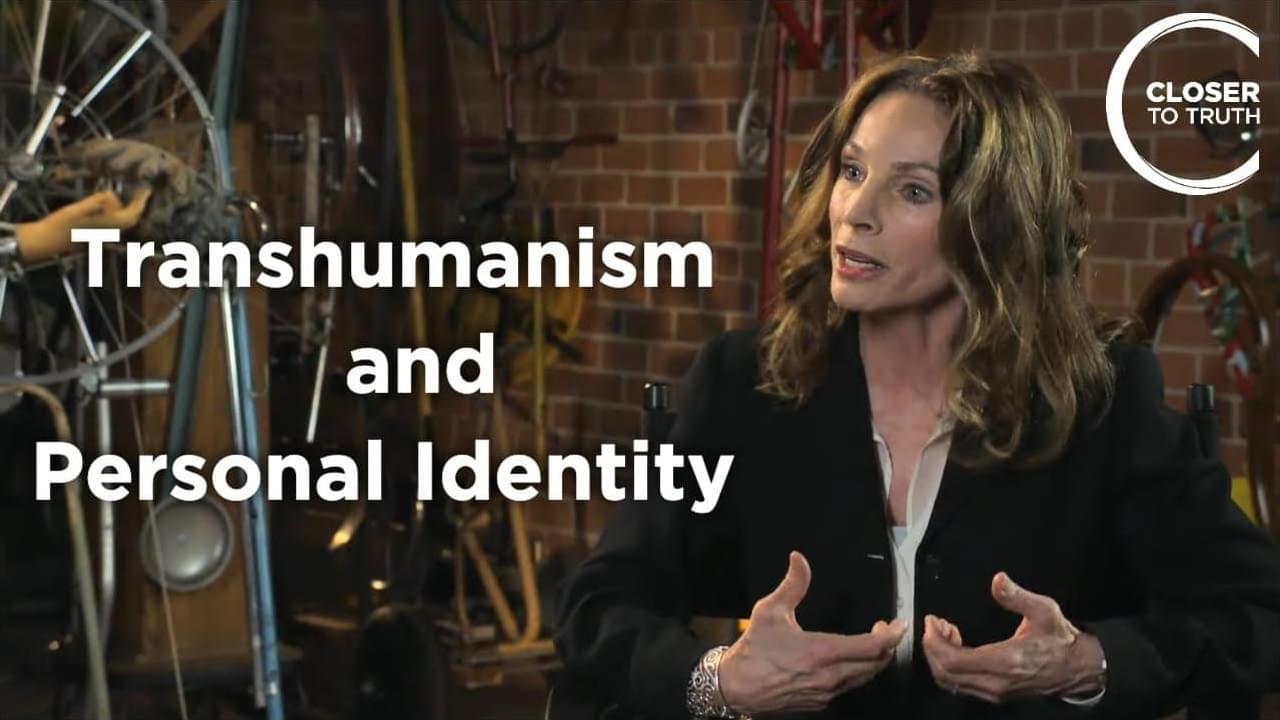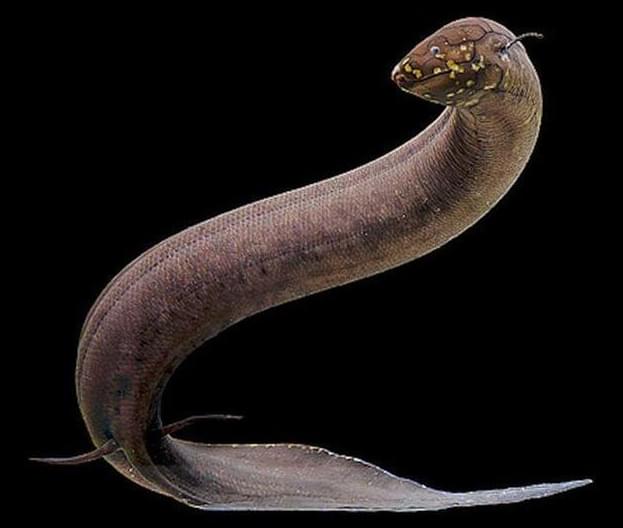Aug 17, 2024
Harvard Scientists Discover Quantum Order in Chemical Chaos
Posted by Shubham Ghosh Roy in categories: chemistry, particle physics, quantum physics
Harvard researchers have shown that quantum coherence can survive chemical reactions at ultracold temperatures. Using advanced techniques, they demonstrated this with 40K87Rb bialkali molecules, suggesting potential applications in quantum information science and broader implications for understanding chemical reactions.
Zoom in on a chemical reaction to the quantum level and you’ll notice that particles behave like waves that can ripple and collide. Scientists have long sought to understand quantum coherence, the ability of particles to maintain phase relationships and exist in multiple states simultaneously; this is akin to all parts of a wave being synchronized. It has been an open question whether quantum coherence can persist through a chemical reaction where bonds dynamically break and form.
Now, for the first time, a team of Harvard scientists has demonstrated the survival of quantum coherence in a chemical reaction involving ultracold molecules. These findings highlight the potential of harnessing chemical reactions for future applications in quantum information science.

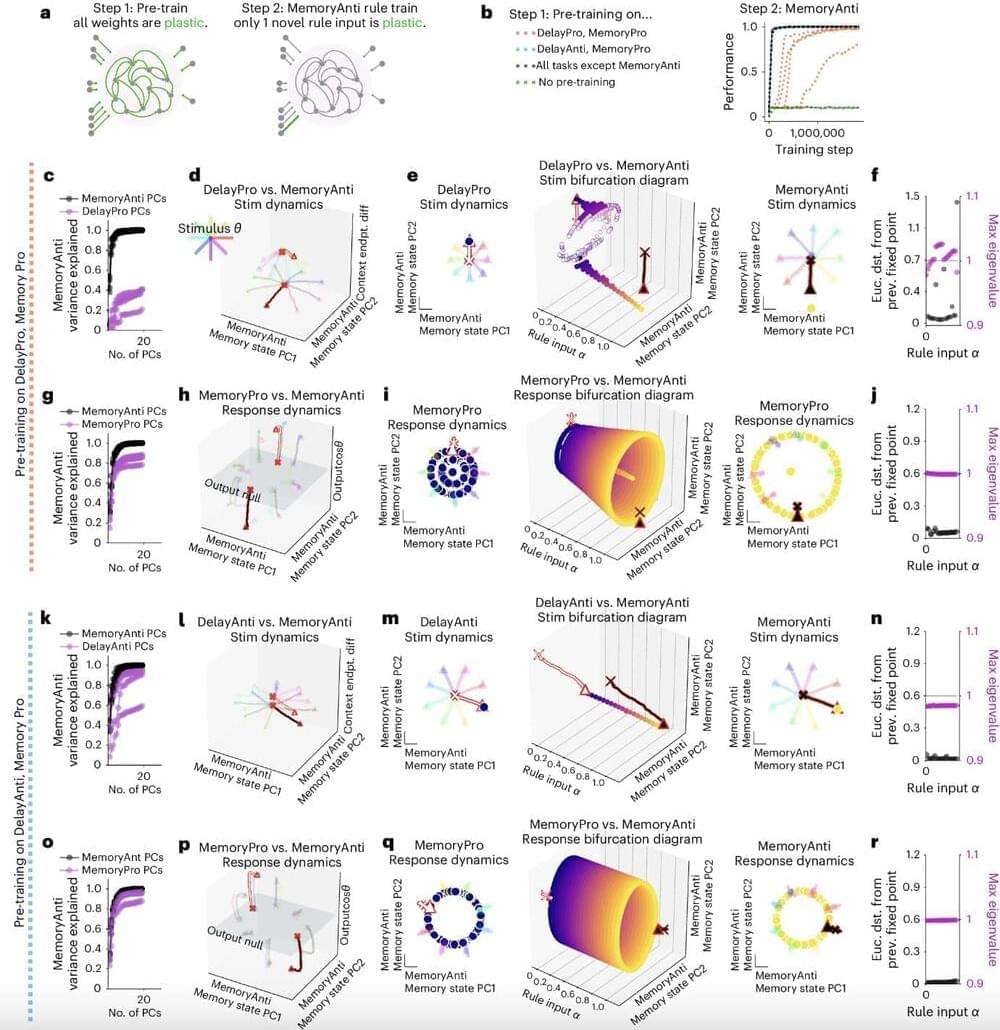
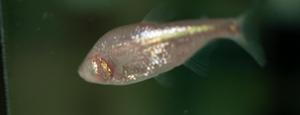
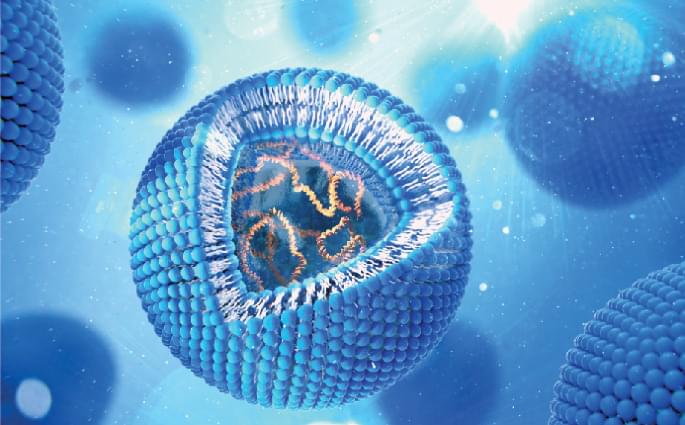
 Researchers from North Carolina State University have demonstrated miniature soft hydraulic actuators that can be used to control the deformation and motion of soft robots that are less than a millimeter thick. The researchers have also demonstrated that this technique works with shape memory materials, allowing users to repeatedly lock the soft robots into a desired shape and return to the original shape as needed.
Researchers from North Carolina State University have demonstrated miniature soft hydraulic actuators that can be used to control the deformation and motion of soft robots that are less than a millimeter thick. The researchers have also demonstrated that this technique works with shape memory materials, allowing users to repeatedly lock the soft robots into a desired shape and return to the original shape as needed. A team of researchers at Delft University of Technology has developed a drone that flies autonomously using neuromorphic image processing and control based on the workings of animal brains. Animal brains use less data and energy compared to current deep neural networks running on GPUs (graphic chips). Neuromorphic processors are therefore very suitable for small drones because they don’t need heavy and large hardware and batteries.
A team of researchers at Delft University of Technology has developed a drone that flies autonomously using neuromorphic image processing and control based on the workings of animal brains. Animal brains use less data and energy compared to current deep neural networks running on GPUs (graphic chips). Neuromorphic processors are therefore very suitable for small drones because they don’t need heavy and large hardware and batteries.
